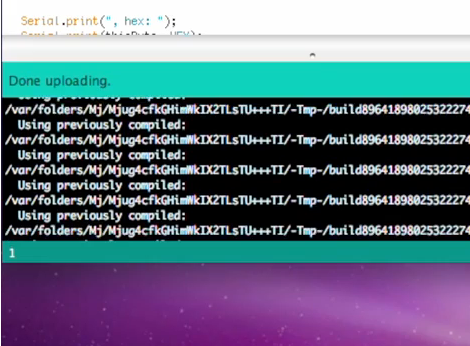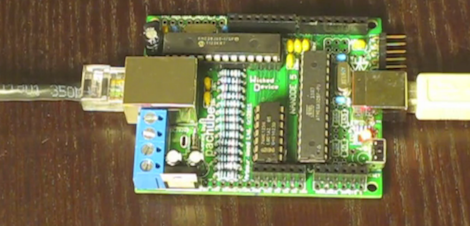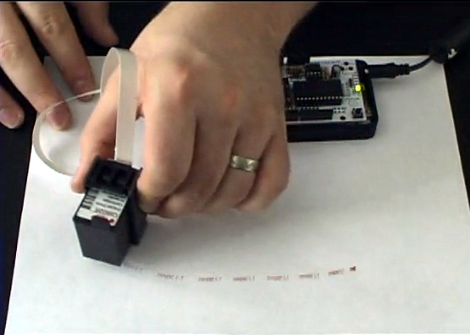
[Ed Rogers] has the unfortunate privilege of living right next to a set of train tracks, and as a man who holds his sleep in high regard, he needed to find a way to keep the noise in his bedroom to a minimum. To combat the sound of passing trains, he built himself a system that automatically closes his windows when a train passes by his apartment.
The setup relies on a web cam, which uses motion-sensing software to detect a passing train. The video is analyzed by a computer in his room which passes a message to an Arduino when a train is near. The Arduino then sends a pair of window mounted linear actuators into action, slowly (and quietly) shutting his windows.
The linear actuators move pretty slowly as you can see in the video below, but we doubt that matters. Since it looks like [Ed] lives in a slow zone, it likely takes quite a bit of time for a freight train to pass, making the 40-second closing period more than reasonable.
Continue reading “Motion Detecting Window Closers Keep Train Noise At Bay”

















